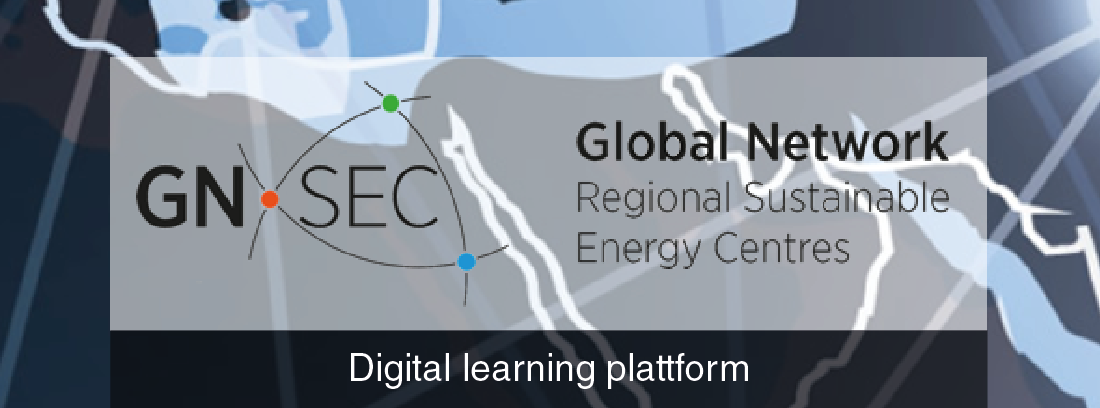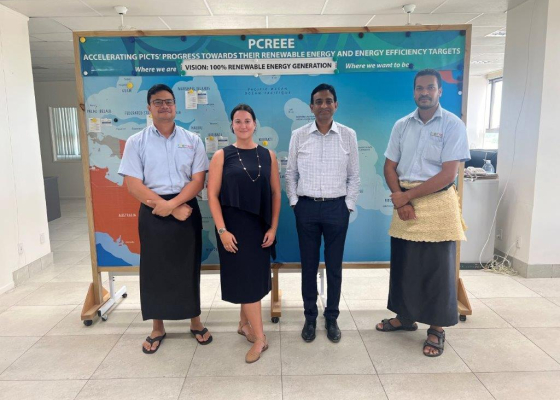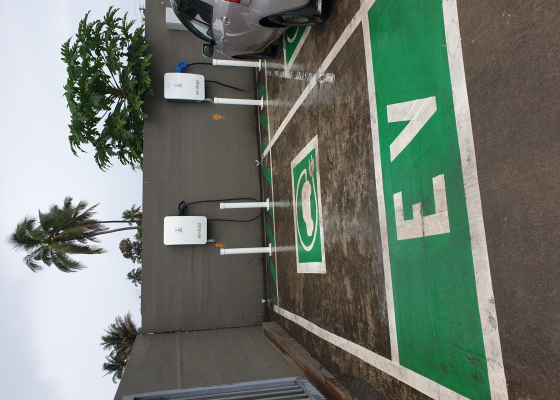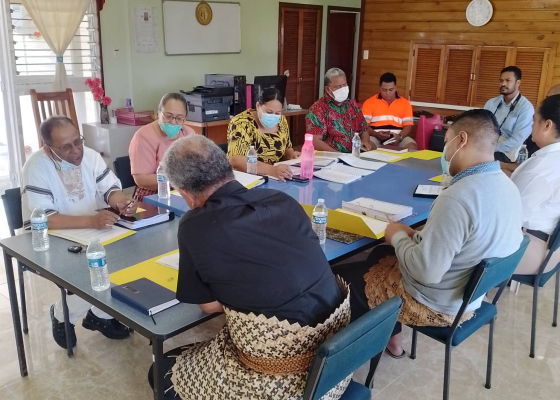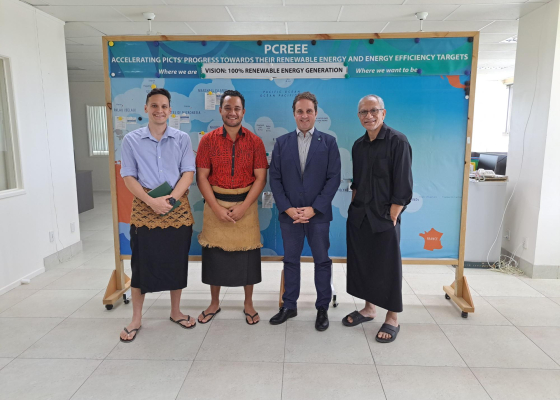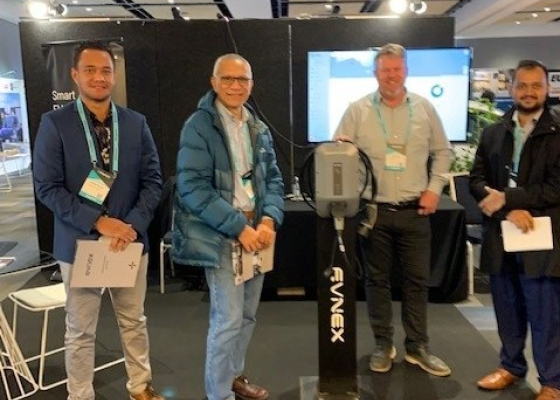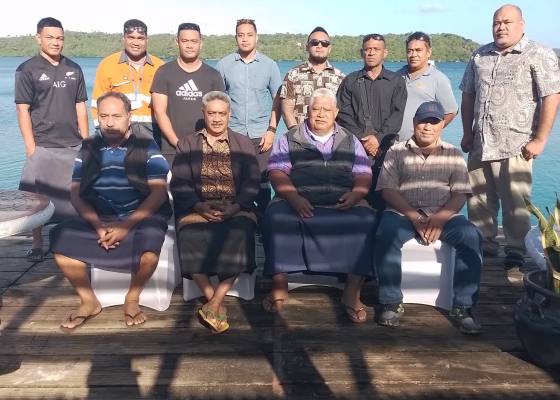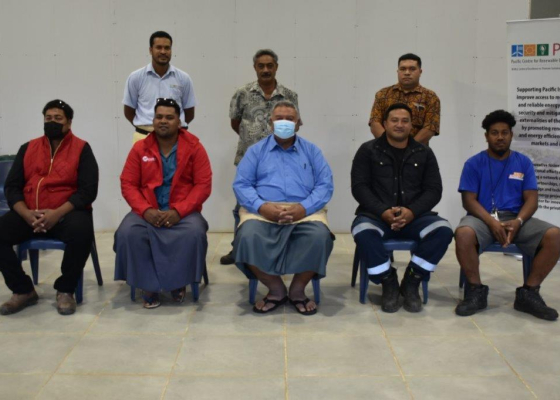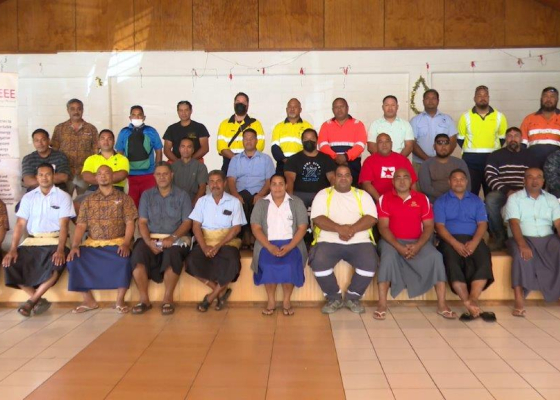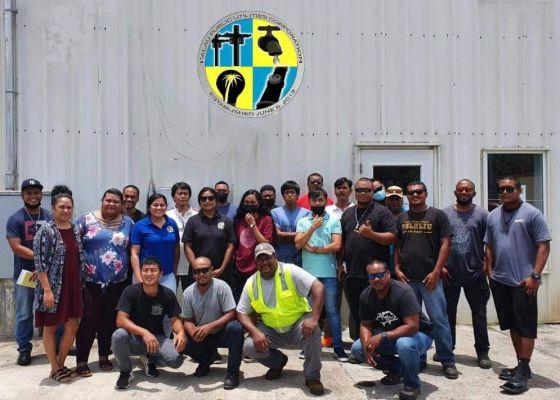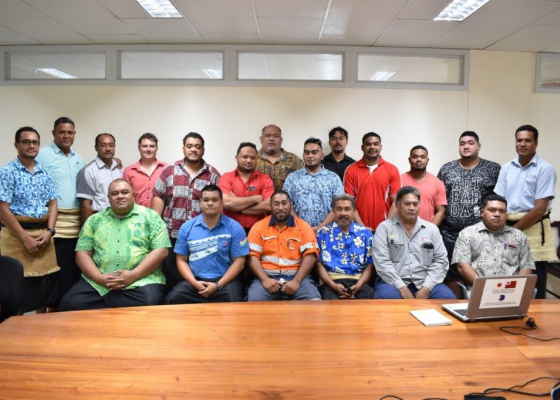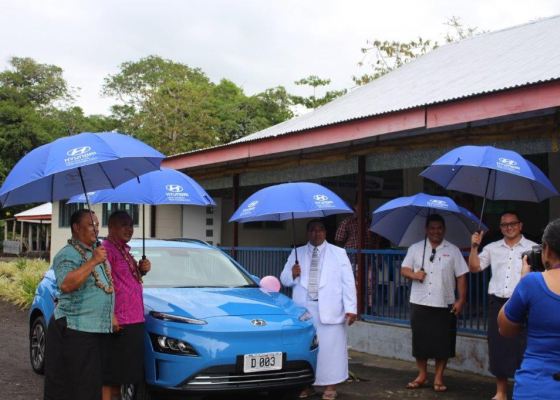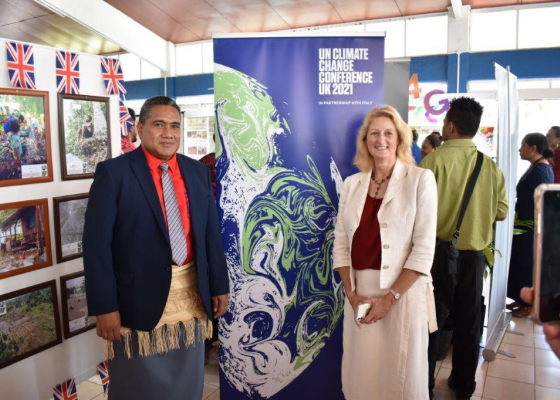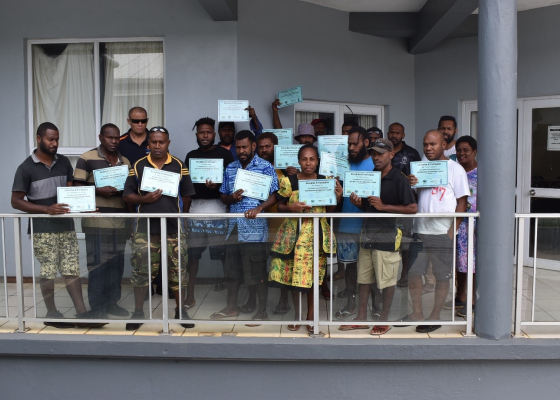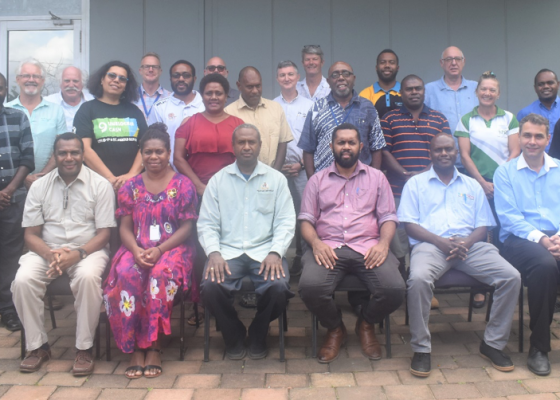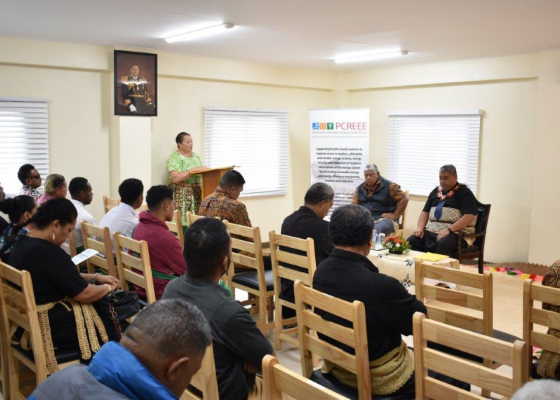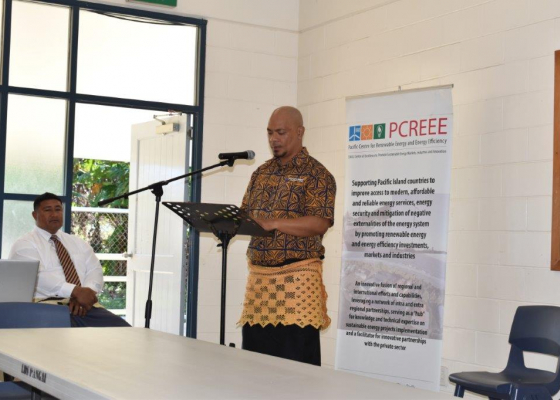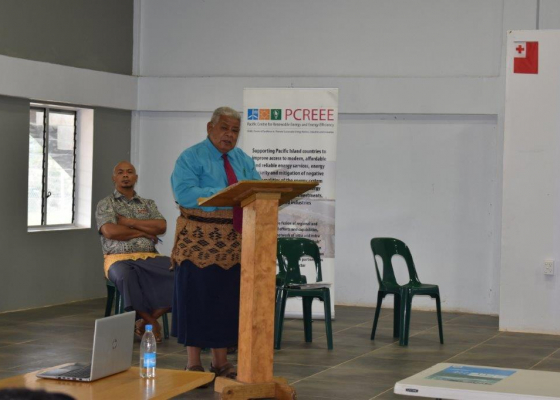Te Aponga Uira (TAU) Renewable Energy Economic Viability Study
This report was developed by DNV KEMA for Te Aponga Uira (TAU) to assess the economics of renewable energy scenarios for Rarotonga. This report provides an economic viability study of possible renewable energy options for the Island of Rarotonga. The economic viability study was based on a comprehensive benefit cost analysis of future renewable energy future for six scenarios. In July 2011, the Prime Minister, Hon. Henry Puna announced the Cook Islands Government’s ambitious renewable energy targets: to achieve 50% electricity supply by renewable energy by 2015 and 100% by 2020.
- We developed scenarios that met both of the 2015 and 2020 goals; scenarios that just met the 2020 goal and a scenario that only reached 50 % renewable energy by 2020. A critical need to meet the Prime Minister’s goal is to be able to have renewable energy or stored renewable energy to cover the night time load of the island. There are three scenarios that reach both the 2015 and 2020 goals that are very cost effective – those are the:
- Recommended Scenario – where the primary renewable resource is wind, followed by solar;
- Renewable and Storage Mix – where there is both significant solar and wind resources;
- Renewable and Storage Mix – where there is significant solar, wind and biodiesel;
- The Recommended Scenario is the most cost effective and the least costly of the scenarios that reach the Prime Minister’s goals. It will require significant investment in 2012-2020 time period. The nominal cost of this scenario is $ NZ 149 M. The benefit to cost ratio is 2.11 indicating the benefits are more than 2 times the cost of this scenario.
- All scenarios require significant storage for grid stability. Storage is used in some scenarios to store renewable energy to use during the night time hours.
- All scenarios require significant investment in solar and wind.
- All scenarios include a Waste to Energy Plant. All include significant solar and wind.
- All of the 3 scenarios above illustrate that Rarotonga can reach 100 percent renewable energy by 2020 in a cost effective manner.
Publication Category:
Publication Thematic Areas:
Number of Pages:
68
Year Published:
2012
Countries covered:
Upcoming Events
-
01/19/2026 to 01/23/2026
-
03/02/2026 to 03/03/2026






